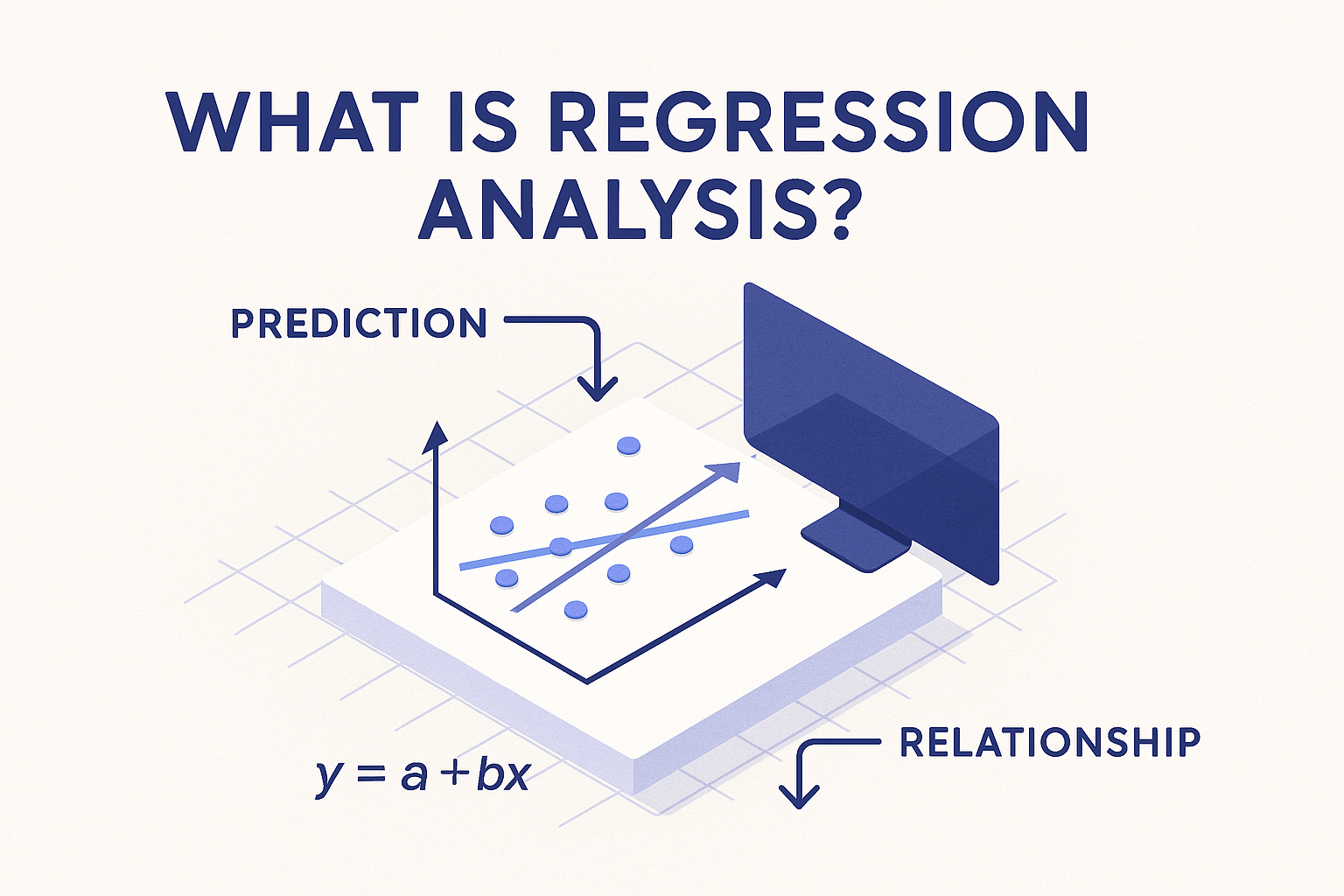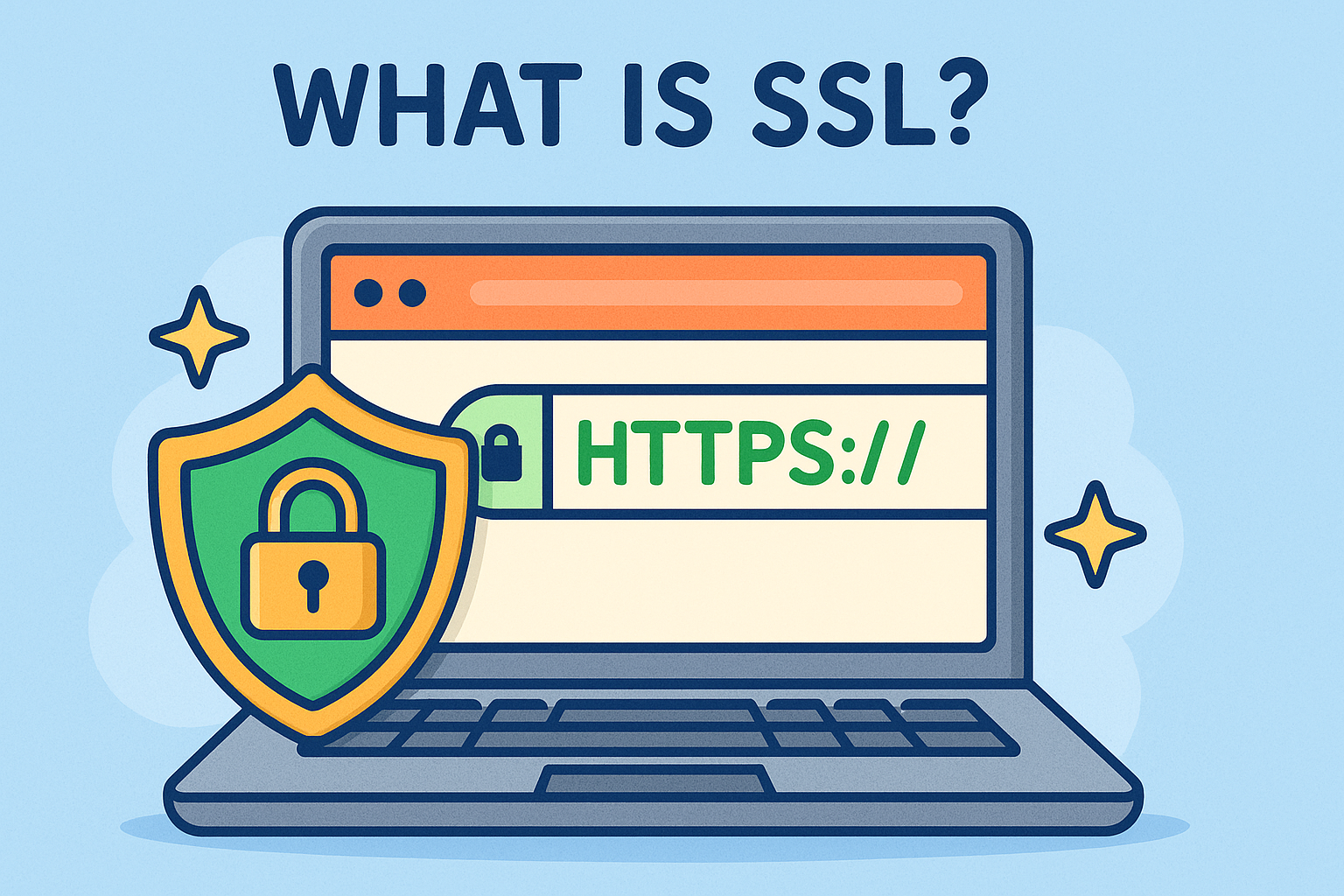What is Regression Analysis? A Complete Guide for Business & Cybersecurity Leaders
Updated on August 26, 2025, by Xcitium

Have you ever wondered how businesses predict sales, cybersecurity experts forecast attacks, or IT leaders analyze system performance? The secret lies in regression analysis. At its core, regression analysis is a statistical technique used to understand relationships between variables and make predictions. Whether you’re an IT manager, CEO, or cybersecurity professional, mastering this tool can turn raw data into actionable insights.
In this article, we’ll explore what regression analysis is, how it works, and why it’s crucial in today’s data-driven world.
What is Regression Analysis?
Regression analysis is a method in statistics used to measure the relationship between a dependent variable (outcome) and one or more independent variables (predictors).
- Dependent Variable: The outcome you’re trying to predict (e.g., revenue, cyberattack probability, or customer churn).
- Independent Variables: The factors that might influence the outcome (e.g., marketing spend, number of login attempts, system vulnerabilities).
By examining these relationships, regression helps us predict future outcomes and understand which factors have the most impact.
Why Businesses and Cybersecurity Experts Use Regression
1. In Business & Management
- Forecasting future sales based on past performance.
- Understanding how pricing strategies impact revenue.
- Analyzing customer behavior to improve retention.
2. In Cybersecurity
- Predicting the likelihood of a security breach.
- Identifying patterns of malicious activity.
- Estimating risks associated with system vulnerabilities.
3. In IT Operations
- Diagnosing network performance issues.
- Predicting downtime risks.
- Optimizing resource allocation.
Types of Regression Analysis
1. Linear Regression
The simplest form. It assumes a straight-line relationship between independent and dependent variables.
Example: Predicting company revenue based on advertising spend.
2. Multiple Regression
Involves more than one predictor.
Example: Predicting customer churn using variables like support tickets, logins, and purchase frequency.
3. Logistic Regression
Used when the dependent variable is binary (yes/no, true/false).
Example: Predicting whether a user login attempt is malicious or safe.
4. Polynomial Regression
Captures more complex, curved relationships.
Example: Forecasting system performance under increasing load.
5. Ridge and Lasso Regression
Useful for handling large datasets with many variables, especially when multicollinearity (overlapping data) exists.
Real-World Examples of Regression Analysis
- Cybersecurity:
A regression model could predict the probability of a phishing attack succeeding based on factors like user awareness training, email filters, and past incidents. - Finance:
Banks use regression to determine creditworthiness based on income, loan history, and spending habits. - Healthcare:
Regression predicts disease risks based on patient age, genetics, and lifestyle. - Retail & E-commerce:
Businesses predict demand spikes during holidays based on past trends, weather, and ad campaigns.
Steps to Perform Regression Analysis
- Define the Problem: Identify the dependent variable and key predictors.
- Collect Data: Use reliable data sources (logs, CRM, cybersecurity systems, etc.).
- Clean the Data: Remove duplicates, handle missing values, and ensure accuracy.
- Choose the Regression Model: Select linear, logistic, or multiple regression based on your use case.
- Run the Analysis: Use tools like Excel, R, Python, or business intelligence platforms.
- Interpret Results: Focus on coefficients (impact of variables), R² values (fit accuracy), and p-values (statistical significance).
- Take Action: Apply insights to business decisions, security planning, or IT strategy.
Advantages of Regression Analysis
- Simplifies complex data into understandable insights.
- Helps predict future outcomes with statistical accuracy.
- Provides actionable intelligence for decision-making.
- Identifies key factors influencing success or failure.
Challenges and Limitations
- Assumptions: Regression assumes data is clean and relationships are consistent.
- Overfitting: Too many variables can make the model too specific and less generalizable.
- Data Quality: Poor-quality data leads to inaccurate predictions.
- Non-linearity: Some relationships are too complex for simple regression models.
Frequently Asked Questions (FAQ)
1. What is regression analysis in simple terms?
It’s a statistical method to predict outcomes and understand how different factors are related.
2. What are the most common types of regression?
Linear, multiple, logistic, and polynomial regression are the most widely used.
3. Can regression be used in cybersecurity?
Yes. It can help predict risks, detect anomalies, and strengthen security measures.
4. What tools are used for regression analysis?
Excel, R, Python, SPSS, and BI tools like Power BI and Tableau.
5. Why is regression important in business?
It helps leaders forecast outcomes, optimize strategies, and make data-driven decisions.
Final Thoughts
Understanding what regression analysis is gives professionals in business, IT, and cybersecurity a powerful tool to predict outcomes, identify risks, and make smarter decisions. From preventing cyberattacks to improving revenue forecasts, regression turns raw data into strategic advantage.
Ready to Strengthen Your Data & Cybersecurity Strategies?
Stay ahead of risks with advanced analytics and endpoint protection.
👉 Request a free demo today
















